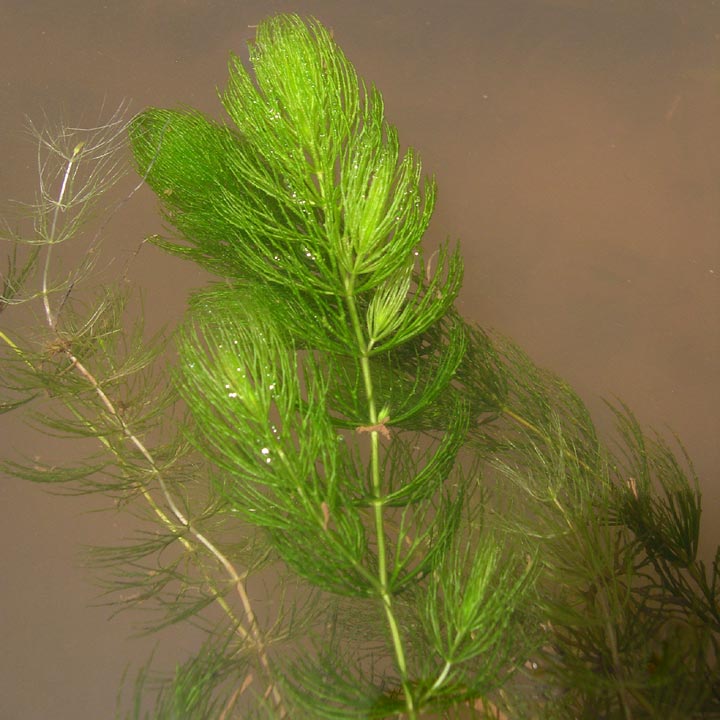Ceratophyllaceae
|
Ceratophyllaceae |
|
|
Herbs perennial, aquatic, without rhizomes; roots absent; air chambers conspicuous. Leaves arising from branched stems, sessile, whorled; stipules absent. Leaf blade undivided to finely dissected, margins serrulate, laticifers absent; 1st leaves of plumule simple or forked. Inflorescences axillary, solitary flowers. Flowers unisexual, staminate and pistillate on same plant, submersed, sessile or nearly so, subtended by involucre of 8-15 linear bracts; perianth absent; stamens 3-50; anthers nearly sessile, dehiscing by longitudinal slits, connective prolonged; pistil 1, simple; ovary 1-locular; placentation laminar; ovule 1; style elongate; stigma decurrent. Fruits achenes, indehiscent. Seed 1, aril absent; endosperm and perisperm absent; embryo well developed; cotyledons 2, fleshy. Ceratophyllaceae are water-pollinated. The extant species of this aquatic family are obviously highly specialized; recent research indicates that Ceratophyllaceae are an ancient lineage. From comparative morphologic data, D. H. Les (1988) hypothesized that Ceratophyllaceae are vestiges of ancient angiosperms that diverged early from the line leading to most other modern taxa. This hypothesis is consistent with recent phylogentic analyses of DNA sequence data (D. H. Les et al. 1991; M. W. Chase et al. 1993; Qiu Y. L. et al. 1993) derived from the chloroplast gene rbc L. The great age of Ceratophyllaceae is indicated by fossil evidence documenting the existence of the family in the Cretaceous Aptian (D. L. Dilcher 1990). The hypothesis that Ceratophyllaceae represent the oldest living angiosperm lineage deserves further scrutiny; meanwhile recent morphologic, molecular, and paleobotanical evidence favors this interpretation over other proposed phylogenetic affinities of the family.
PLANTS: Perennial herbs, free-floating submerged, rootless; monoecious. STEMS: flexuous or brittle with irregular branching. LEAVES: whorled, simple, linear or dichotomously divided into linear filiform segments, with 2 sub-marginal rows of persistent spine-like denticles; segment apices tipped by multicellular appendages. INFLORESCENCE: sessile or subsessile solitary flowers at nodes, subtended by a whorl of connate foliaceous bracts. FLOWERS: hypogynous, greatly reduced; pedicels less than 1 nun long; perianth absent. STAMINATE FLOWERS: with 3-many subsessile stamens. PISTILLATE FLOWERS: 1-carpelled; style terminal, persistent, elongate-spinescent or short subulate, the apex acute. FRUIT: an achene. 2n = 24 NOTES: A monogeneric family; 6 spp., worldwide, mostly temperate. REFERENCES: Ricketson, Jon. 1995. Ceratophyllaceae. J. Ariz. - Nev. Acad. Sci. 29(1): 17. |
|
